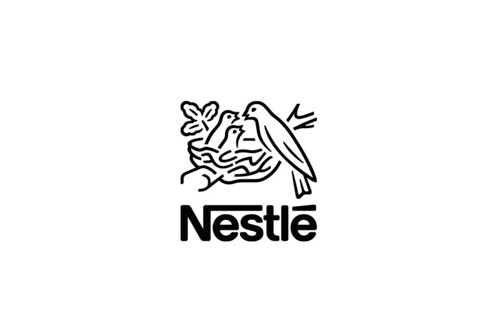Nestle Nigeria Is Rebuilding Debts, Losing Profit
Nestlé’s Nigeria has retraced its steps on debt-cutting that happened in the first quarter and resumed borrowing once again in the second quarter. The move has increased the pressure on the bottom line coming from finance expenses.

Finance costs have changed direction from an 11 percent drop in the first quarter to a 24 percent growth at half-year ended June 2020. With that, profit drop gained speed in the second quarter, as the company continued to lose profit margin.
Two factors highlighted as critical in the company’s outlook at the end of the first quarter have crystalised to its disadvantage. These are “to what extent input cost will remain moderated and also whether cash flow pressure would necessitate fresh buildup of debts”.
The food/beverages company had reversed its position from a 59 percent advance in balance sheet debts in 2019 to a 97 percent slash at the end of the first quarter. It went back into new borrowing in the second quarter, raising total interest-bearing debts from N331 million at the end of March to N5.9 billion at the end of June 2020.
The resulting increase in finance expenses in the second quarter is worsened by a drop of 65 percent in finance income quarter-on-quarter. That multiplied net finance expenses close to 12 times over the period.
The mid-year position shows a volatile shift from a moderate net finance income in the same period last year to a net finance cost of N465 million in June 2020. It is also a major build-up from the first-quarter figure of less than N83 million.
Despite a drop of 47 percent in net cash generated from operating activities at half-year, the company didn’t come under cash flow pressures. A major cut down in investing activities enabled a net increase of N19 billion in cash-based resources at the end of the review period.
The second critical factor placed under watch at the end of the first quarter is input cost. It overturned from a cost-saving centre for the company in the first quarter to a revenue consuming element in the second quarter.
A decline in the cost of sales in the first quarter had turned a decline in sales revenue into an improvement in gross profit. The opposite happened at half-year when an increase of about 6 percent in input cost led to a drop of 8 percent in gross profit to a little below N61 billion.
Administrative cost maintained the rapid growth seen in the first quarter and rose by close to 51 percent year-on-year to N6.6 billion at the end of June 2020. This was partly compensated by a 6 percent decline in marketing/distribution expenses to under N20 billion over the same period.
Sales revenue continued to underperform with a marginal decline in the first quarter lingering to mid-year. At N141 billion, sales revenue was slightly down year-on-year for Nestle Nigeria at the end of June 2020. From a two-year slowdown to 2019, the company is currently experiencing the worst revenue performance in many years.
The summary of the company’s earnings story at half-year is that management devoted increased proportions of non-growing sales revenue to meet increasing costs. Pressure from costs grew in the second quarter, as two cost-saving areas in the first quarter –input cost and finance expenses turned to revenue consuming lines.
This led to an accelerated drop in operating profit from 8 percent in the first quarter to 15 percent to N34 billion at mid-year. It also led to a decline in net profit margin from 18.5 percent in the same period of last year to 15.5 percent at half-year, 2020.
With the loss of sales revenue and a decline in profit margin, Nestle Nigeria closed the half-year trading with profit accelerating downward by 17 percent to N21.8 billion year-on-year. This is a continuing loss of profit capacity for the company from a 13 percent profit drop in the first after a sharp slowdown at the end of last year.
The company earned N27.53 per share at the end of June 2020, down from N33.11 per share in the same period in 2019.
The outlook for the second half indicates that revenue growth constraint is likely to remain. The rising cost can be expected to pose even greater pressure on the bottom line than seen at half-year. In the event of further pressure on cash flow, further piling of debts might happen and profit capacity could weaken even further.
(Note: If you use the quotes from this content, you have agreed to give InsideBusiness.ng the News credit as the source and a backlink to our story.)


Comments are closed.